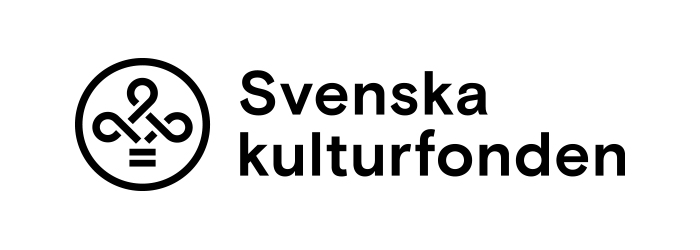Family structure
The Finnish family life is usually centered around the nuclear family, rather than the extended family. The average number of children is 1,8. See an example of a family tree.
Until the Second World War, men were traditionally the wage-earners and women remained at home and cared for children, but then the gender roles started changing.
Today, both men and women are dual wage-earners. The welfare system allows for generous parental leave with income-based benefits. Finnish parents have the option, and are entitled to take partial or total maternity/paternity leave. A majority of mothers opt to take a one year leave, but parents are entitled to take an additional parental leave for two more years.
Young adults in Finland seek independence early on and typically move from their parents' home around the age of twenty. Females tend to leave the family home earlier in pursuit of education. Males remain at home longer due to obligations to the military.





